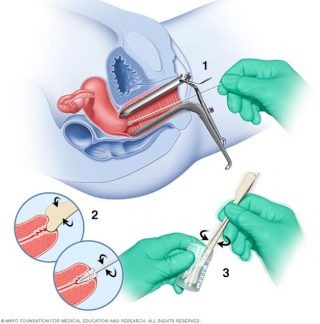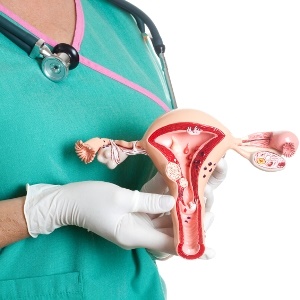WHAT IS CHOLERA?
- It is an infectious disease that causes severe watery diarrhea, which can lead to dehydration and even death if untreated even to previously healthy people.
WHAT ARE ITS CAUSES?
- It is caused by eating food or drinking water contaminated with a bacterium called Vibrio cholerae.
- The bacteria are usually found in food or water contaminated by feces from a person with the infection.
HOW IS IT TRANSMITTED?
- When a person consumes the contaminated food or water, the bacteria release a toxin in the intestines that produces severe diarrhea.
- Therefore, it is highly unlikely that you will catch cholera just from casual contact with an infected person.
WHAT ARE THE SYMPTOMS?
- Symptoms of cholera can begin as soon as a few hours or as long as five days after infection and are as follows;
- severe watery diarrhea.
- Nausea and vomiting.
- Dehydration which may lead to a rapid loss of minerals in your blood (electrolytes) that maintain the balance of fluids in your body. This is called an electrolyte imbalance.
WHAT ARE THE SIGNS OF DEHYDRATION?
- Rapid heart rate
- Loss of skin elasticity (the ability to return to original position quickly if pinched)
- Dry mucous membranes, including the inside of the mouth, throat, nose, and eyelids
- Low blood pressure
- Thirst
- Muscle cramps
If left untreated, dehydration can lead to shock and death in a matter of hours
HOW IS IT DIAGNOSED?
- Although the symptoms are unmistakable, it is advisable to perform a cholera Antigen test that is later confirmed by a stool culture test
HOW CAN IT BE PREVENTED?
- Yes, through vaccination that lasts for up to five years and observance of clean hygienic procedures.
HOW IS IT TREATED?
- Cholera is highly treatable, but because dehydration can happen quickly, it’s important to get cholera treatment right away.
- Hydration is the mainstay of treatment for cholera. Depending on how severe the diarrhea is, treatment will consist of oral or intravenous solutions to replace lost fluids.
- Antibiotics, which kill the bacteria, are not part of emergency treatment for mild cases. But they can reduce the duration of diarrhea by half and also reduce the excretion of the bacteria, thus helping to prevent the spread of the disease.
Author:
Sal Mukinda, Lab Superintendent, IMH
References:
- The incubation period of cholera: a systematic review. https://www.ncbi.nlm.nih.gov/pubmed/23201968 Azman AS, Rudolph KE, Cummings DA, Lessler J. J Infect. 2013;66(5):432-8. doi: 10.1016/j.jinf.2012.11.013. PubMed PMID: 23201968; PubMed Central PMCID: PMC3677557.
- Cholera Annual Report 2017 http://www.who.int/wer/2018/wer9338/en/
Weekly Epidemiological Record 21 September 2018, Vol 93, 38 (pp 489-500). - Debasish S, LaRocque RC. Cholera and Other Vibrios. In: McGill, A; Ryan, E; Hill, D; Solomon, T, eds. Hunter’s Tropical Medicine and Emerging Infectious Diseases. 9thed. New York: Saunders Elsevier; 2013: 448-453.
- David A Sack, Mohammed Ali. Protection from killed oral cholera vaccine continues for 4 years. https://www.thelancet.com/journals/langlo/article/PIIS2214-109X(18)30311-5/fulltext




